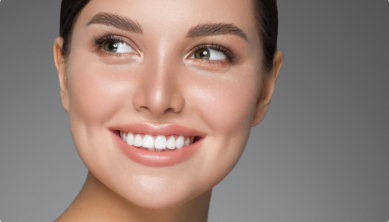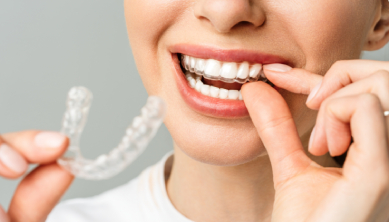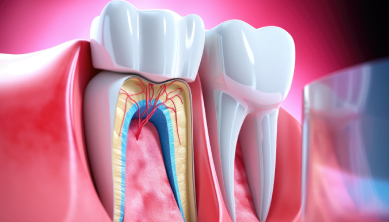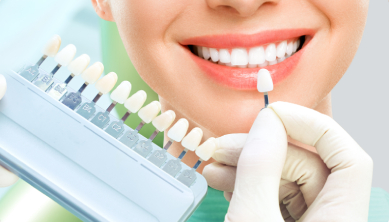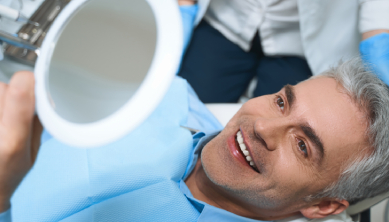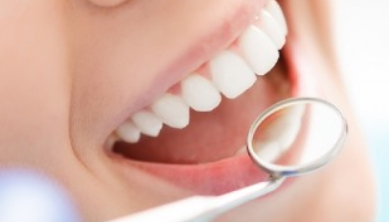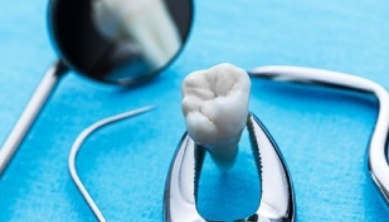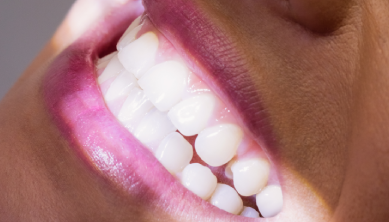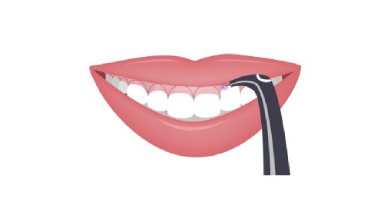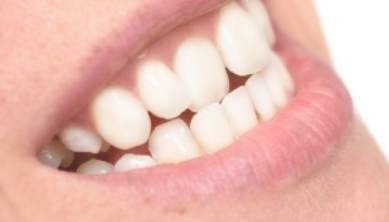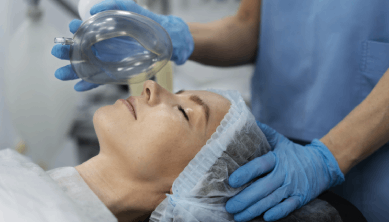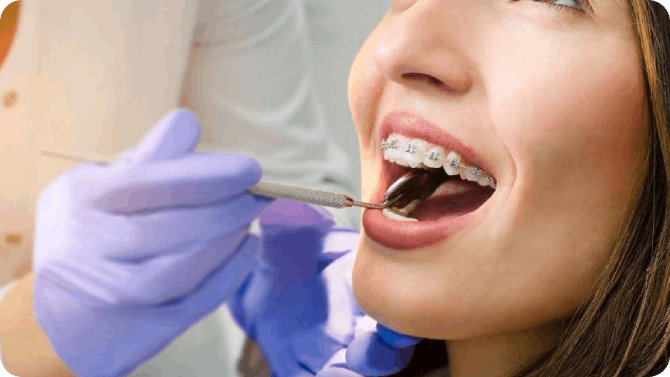
Dental Braces
Braces help the teeth to align on the jaw in the right position. It corrects the misalignment of teeth and solves bite problems. Treatment with braces can be performed in two forms: fixed or removable.
Fixed braces: This is a form of treatment with brackets attached to the tooth. Brackets can be metal or porcelain. Porcelain braces are the same color as tooth, so they are invisible and do not cause aesthetic discomfort.
Removable braces: They are devices that the patient can put on and remove by himself/herself. Our patients can easily consume every food when they remove their removable braces.
We recommend clear aligner treatment for our patients who do not want to go around with visible wires. To get more detailed information, you can also check out our blog post on Clear Aligner treatment.
Do Braces Cause Tooth Decay?
If a patient has a good oral care routine, braces will not cause caries. Careful and regular brushing is essential for orthodontic treatments because it creates an environment where food residues hold on to and accumulate. When it is well cleaned, there is no increase in the frequency of caries. In order to prevent them, patients are told about the importance of brushing their teeth from the beginning to the end of treatment.
Causes Of Orthodontic Disorders
There are two main reasons: genetic-familial and environmental. The first environmental factor is the early loss of temporary teeth as a result of insufficient care. This situation leads to the fact that there is not enough room for the teeth to erupt later. Habits such as long-term use of pacifiers and bottles, finger sucking, lip sucking, pen biting, swallowing incorrectly are also other environmental causes. In addition, in cases when the patient can not breath through their nose comfortably can cause upper jaw narrowing and misalignment of the upper and lower jaw. Jaw and jaw joint injuries suffered by children at an early stage can lead to disorders in the growth of the jaw. The coexistence of some of the above-mentioned factors in the same patient can cause severe disorders.
Problems That May Occur When Orthodontic Disorders Are Not Corrected
It can cause aesthetic, functional and sometimes psychological problems. It can prevent you from smiling comfortably. In case of crowded teeth, oral hygiene is disrupted, caries and bad breath occur as oral hygiene can not be ensured. There may also be problems with the jaw joint due to the trouble in biting properly. Bite problems can also lead to abnormal abrasion of the tooth surfaces, and damage the supporting bone and gum tissue.

